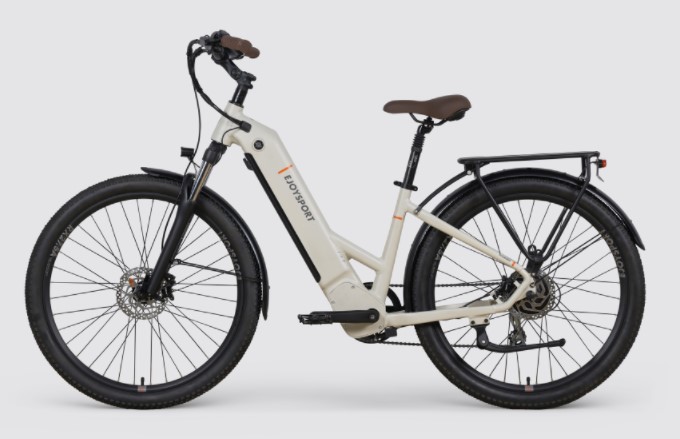With the development of China's urbanization process, the contradiction between two wheeled transportation tools represented by Electric Bicycles and urban management and road safety has become increasingly fierce.
Lithium Battery replaces lead acid, which meets national standards and ensures battery life.

At present, Electric Bicycle manufacturers mainly solve the power problem of electric vehicles by using two sets of solutions: lead-acid batteries or lithium-ion batteries. For a long time, lead-acid batteries have dominated the market with their low prices, but they have inherent shortcomings such as large weight and short service life. In order to meet consumers' requirements for battery life, traditional manufacturers can only use increasingly bulky lead-acid batteries to solve the problem. However, most lead-acid batteries in the market still have a range of 50km or even lower. However, under the requirements of the new national standard for Electric Bicycles, this solution seems to have come to an end.
The new national standard has made changes to multiple parameters of Electric Bike. Among them, an upper limit of 55kg has been set for the overall mass of the vehicle. Under this rigid condition, E Bike manufacturers must reduce the weight of the Lithium Battery in order to ensure that the vehicle meets national standards; At the same time, it is also necessary to ensure the user's battery life needs. Therefore, choosing a lighter weight lithium battery instead of lead-acid battery is the only choice, and the fact is also true. Taking Beijing as an example, the 76 Electric City Bike products involved in the 34th batch of Electric Mountain Bicycle product catalog in Beijing are all lithium batteries in terms of battery type.
